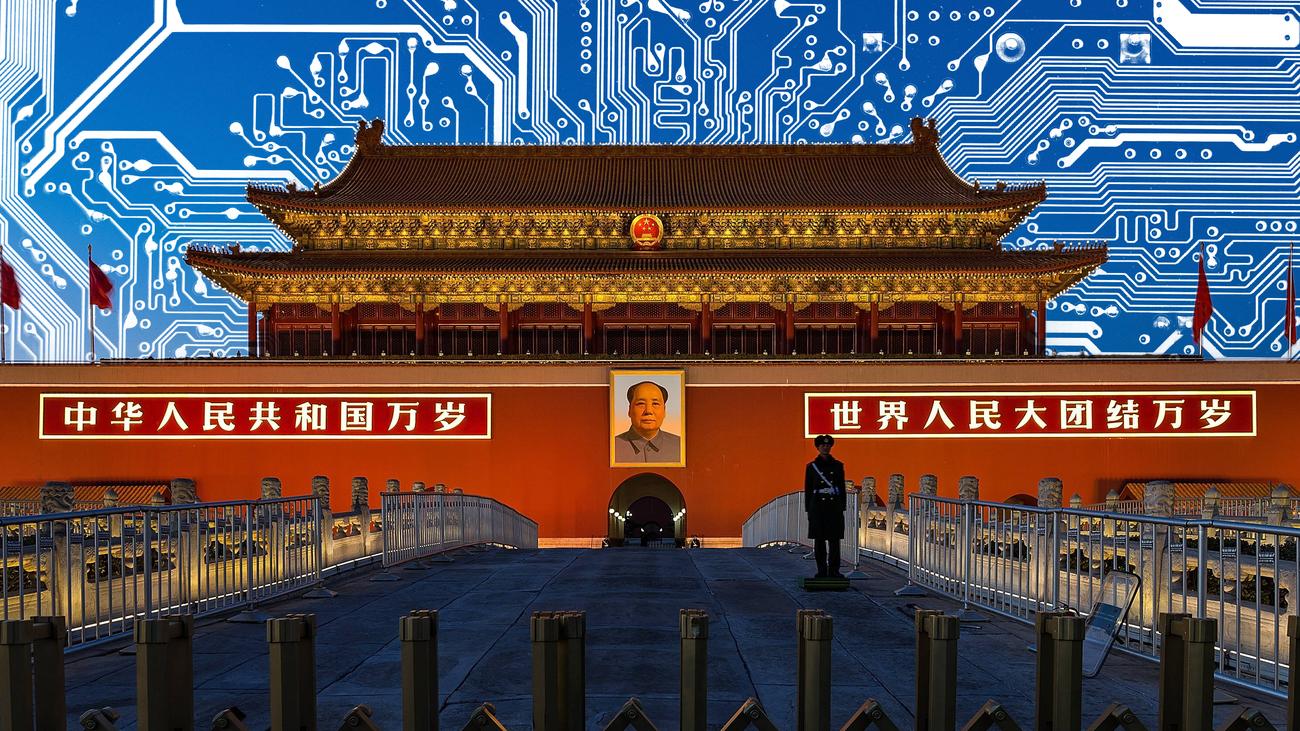
China Unveils a New Era: The Rise of Humanoid Robots and a Technological Revolution
As China recently celebrated the Lunar New Year, state television heralded not only the Year of the Snake but also the dawn of a new era. During the New Year’s Gala, a dance ensemble of humanoid robots took to the stage. To the rhythm of folk songs, these metallic ballerinas shook their limbs, perhaps with a touch of stiffness in their hips, but their message was clear: the future belongs to China.
The timing of this performance was not coincidental. Ten years have passed since the Communist Party leadership under President Xi Jinping adopted the strategic concept "Made in China 2025," a mammoth investment program designed to boost the performance of Chinese industry, particularly in high-tech sectors. With the arrival of the target year, China is now, to paraphrase Marx, putting relations into dance.
This transformative initiative, coupled with the spectacular display of robotic舞者, symbolizes China’s ambitious plans to establish itself as a global leader in innovation and technology. As the world enters the fourth industrial revolution, characterized by rapid advancements in artificial intelligence, robotics, and automation, China sees an opportunity to leapfrog ahead and reshape the global economic landscape.
The name "Made in China 2025" reflects the government’s goal of upgrading China’s manufacturing capabilities, moving beyond low-cost production and toward a focus on high-value products and industries. The strategy envisions a shift from being the "world’s factory" to becoming a global hub for advanced manufacturing and innovation.
To achieve this ambitious goal, China is investing heavily in research and development, supporting the establishment of new high-tech industries, and encouraging collaboration between industry and academia. The government has also implemented policies to attract and retain top talent from around the world, fostering an environment conducive to scientific breakthroughs and technological innovation.
The dance performance by humanoid robots during the New Year’s Gala was a vivid demonstration of China’s commitment to technological advancement. The robots’ movements, while not yet perfectly fluid, hinted at the immense potential of artificial intelligence and robotics to transform human society.
While some may view the rise of robots with a sense of apprehension, China sees them as key partners in its pursuit of economic growth and social progress. The government believes that robots can augment human capabilities, freeing up workers to focus on more complex and creative tasks, and driving productivity and efficiency across industries.
China’s push for technological dominance extends beyond robotics and artificial intelligence. The country is also investing heavily in other emerging technologies, such as quantum computing, 5G networks, and biotechnology. By investing in these cutting-edge fields, China aims to gain a competitive edge and create new industries and markets.
The implications of China’s technological ambitions are far-reaching. A China that leads in science and technology will reshape global economic power dynamics and influence the development of new norms and standards. It has the potential to drive innovation, improve living standards, and tackle some of the world’s most pressing challenges, such as climate change and healthcare.
As the world watches China’s transformation into a technological powerhouse, there is both admiration and concern. While China’s technological advancement offers great promise, it also raises questions about the potential for job displacement, ethical concerns, and geopolitical competition.
The rise of China as a technological leader is a paradigm shift with global consequences. It presents an opportunity for collaboration, innovation, and progress, but it also demands careful consideration of the societal and economic implications. As China steps into the new era, the world will be watching closely to see how it navigates the challenges and opportunities that lie ahead.
